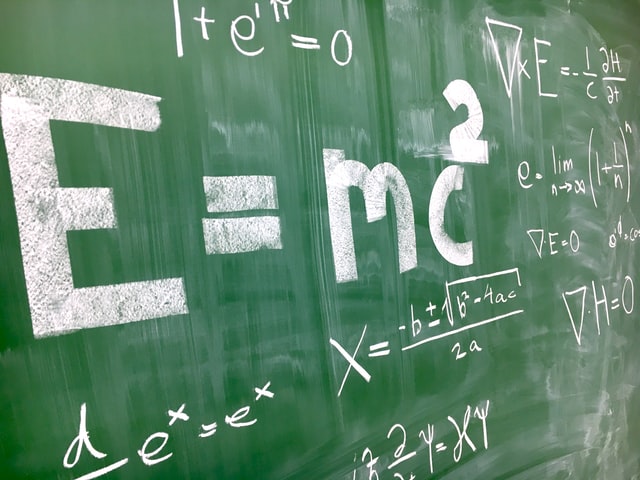Misconceptions in Physics
By The Edge Learning Center

There is a common misconception that ‘There is no gravity in outer space’. This misconception gets further reinforced when phrases such as ‘zero’ and ‘micro’ gravity are often heard in videos that show humans floating around in their space suits.
Gravity is based on the mutual attraction between two objects, and the strength of that pull depends on both mass and the distance between them. Greater the mass, greater the gravitational pull.

Newton’s law of universal gravitation expresses the proportionalities of the force, mass and distance between two objects as validated by the following mathematical expression: 
![]() and
and ![]() represents the respective masses of the objects and
represents the respective masses of the objects and ![]() the distance between them.
the distance between them.
![]() is known as the universal gravitational constant.
is known as the universal gravitational constant.
According to the above formula, the force of attraction between two objects is inversely proportional to the distance between them. As such, when the distance between two objects increases the force between the two objects decreases and vice versa. This law holds true between any objects in the universe: the stars, the planets, and even between humans (just that the force experienced is insignificant for us to feel it). So as long there exists a considerable distance between two objects, there will exist a force of attraction between them. In a liner, greater distance leads to rapidly diminishing gravitational pull.
Any object placed at a higher altitude above earth’s surface will experience a lesser pull of earth’s gravity compared to one experienced on earth’s surface.
For example, ISS (International Space Station) roams some 220 miles (354 km) above earth’s surface. To some, the space station might be situated at a fairly good distance from Earth’s surface for Earth’s gravity to have any effect on it, but in reality the force of gravity is about 90 percent of that on the Earth’s surface.
Another way of looking into the effect of earth’s gravity on ISS is to understand why the space station revolves around the earth at a blistering speed of 17,000 to 18,000 mph (which is 10 times the speed of an average bullet) in the first place. The answer is simply to be able to counter Earth’s gravity and stay aloft. In reality, the astronauts and the space station are free falling under earth’s gravity. On Earth, gravity is constantly pulling us down. The floor or the ground that supports us stops us from falling resulting in experiencing weight as we press against it.
Any ship in orbit around the Earth is falling slowly to Earth as there is no ground or floor to stop them from falling. Since the ship and the astronauts in it are falling at the same speed, they feel weightlessness and simply float around, and hence leading to the phenomenon called ‘Zero Gravity’.
In summary, ‘Zero Gravity’ doesn’t mean that gravity is zero, but simply a state or condition in which there is no apparent force of gravity acting on a body because both the body and its surroundings are freely and equally accelerating under the force.
Related Blog: SCIENCE and the ACT
Need help with your IB coursework? The Edge is offering a FREE Trial Lesson*(English/Math/Physics/Biology/Chemistry/History) to new students, so join our class and learn how to apply the knowledge you learn in school to your AP/IB/IGCSE examinations. SIGN UP HERE!
Check out The Edge’s other blogs
Causeway Bay: 2972 2555 / Mong Kok: 2783 7100
About The Edge
The Edge Learning Center is Hong Kong’s premier Test Preparation, Academic Tutoring, and Admissions Consulting services provider. Founded in 2008, The Edge has helped thousands of students improve their ACT and SAT scores as well as their IB and AP grades. The AC team has just finished off another successful EA/ED period in which student gained early acceptance to schools such as Stanford, University of Chicago, Brown, and more! Check out the rest of our 2018 EA/ED Admissions Results!

